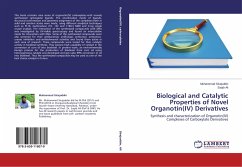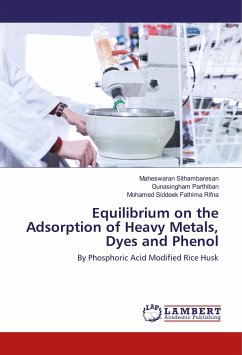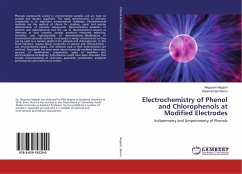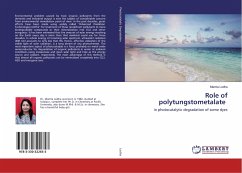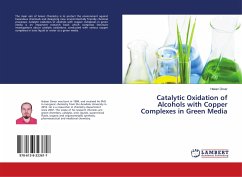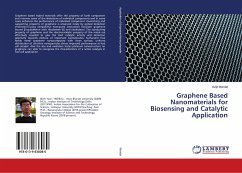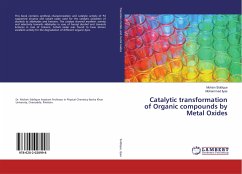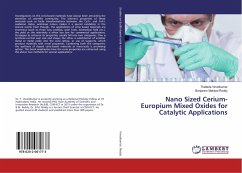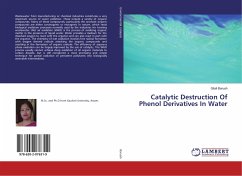
Catalytic Destruction Of Phenol Derivatives In Water
Versandkostenfrei!
Versandfertig in 6-10 Tagen
33,99 €
inkl. MwSt.

PAYBACK Punkte
17 °P sammeln!
Wastewater from manufacturing or chemical industries constitutes a very important source of water pollution. These include a variety of organic compounds. Many of these compounds, particularly the aromatic organic compounds are either carcinogenic or mutagenic in nature, which resist biological oxidation processes normally used by the industries for treating wastewater. Wet air oxidation (WAO) is the process of oxidizing organic matter in the presence of liquid water. Water provides a medium for the dissolved oxygen to react with the organics and can also react in part with the organics. The c...
Wastewater from manufacturing or chemical industries constitutes a very important source of water pollution. These include a variety of organic compounds. Many of these compounds, particularly the aromatic organic compounds are either carcinogenic or mutagenic in nature, which resist biological oxidation processes normally used by the industries for treating wastewater. Wet air oxidation (WAO) is the process of oxidizing organic matter in the presence of liquid water. Water provides a medium for the dissolved oxygen to react with the organics and can also react in part with the organics. The chemistry of wet oxidation involves free radical formation with oxygen derived radicals attacking the organic compounds and resulting in the formation of organic radicals. The efficiency of aqueous phase oxidation can be largely improved by the use of catalysts, The WAO process usually cannot achieve deep oxidation of all organic materials to carbon dioxide, but is still considered a most promising and simple technique for partial oxidation of persistent pollutants into biologically amenable intermediates.



